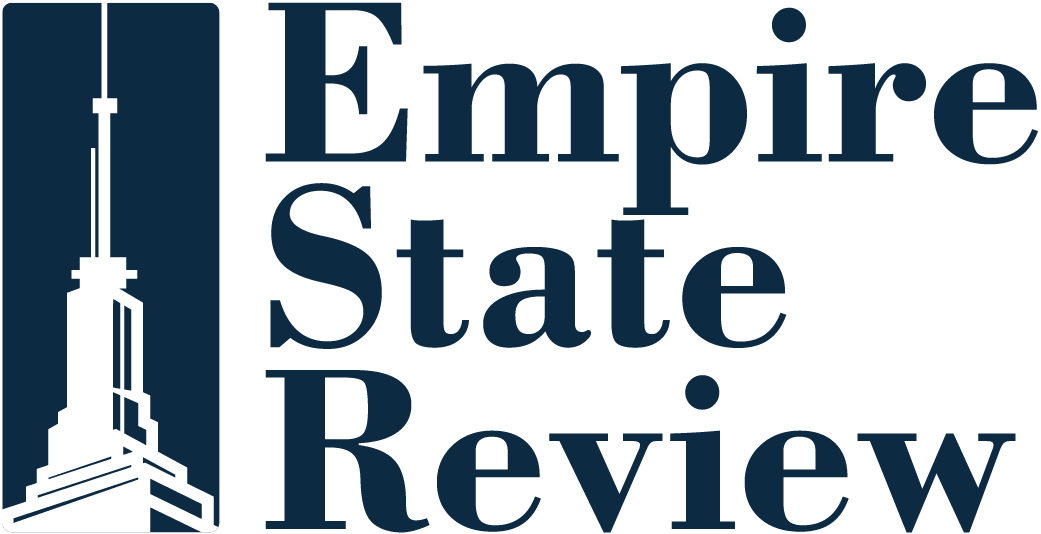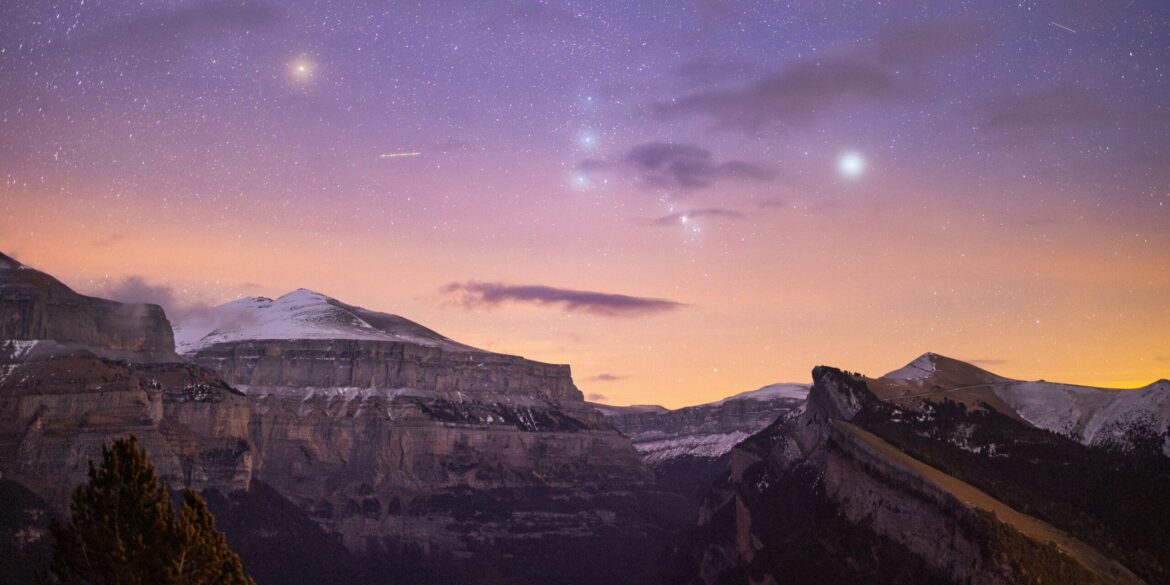In the early hours of August 10, 2025, the heavens offered a spectacle that drew thousands of Americans outdoors before sunrise. A rare six-planet alignment graced the pre-dawn sky, with Mercury, Venus, Jupiter, Saturn, Uranus, and Neptune forming a sweeping arc from horizon to high above. For many, it was a visual reminder of the vast and interconnected nature of our solar system—a moment when cosmic beauty united casual observers and seasoned astronomers alike.
The event began to unfold roughly an hour before sunrise, when the darkness was still deep enough for the planets to shine distinctly. Venus, as the brightest, commanded immediate attention, appearing alongside Jupiter in a luminous pairing that dominated the eastern sky. Mercury’s small but steady glow emerged closer to the horizon, while Saturn held its position higher and farther away in the arc. To spot the outer gas giants—Uranus and Neptune—viewers needed binoculars or a small telescope, as their pale bluish and greenish tints are barely discernible to the naked eye under most conditions.
Read Also: https://empirestatereview.com/macys-thanksgiving-parade-preparations-underway/
This planetary parade was not merely a static arrangement. It was part of an ongoing celestial choreography, with the six planets aligning in a manner that is both visually striking and relatively rare. Alignments of this scale, involving half the solar system’s planetary members, occur only occasionally and often require optimal viewing conditions to be appreciated. The timing in mid-August proved particularly favorable, with the moon’s brightness waning and skies dark enough in many parts of the country to allow even urban observers a chance to see the brighter planets.
From different parts of the United States, the experience varied slightly. In northern states, the alignment arched more prominently across the sky, with planets spaced out in a way that emphasized the curvature of the ecliptic. In southern regions, the arc was lower but equally impressive, offering clear sightlines for those with an unobstructed eastern horizon. The atmospheric clarity in rural and desert areas—particularly in places like Arizona, Nevada, and the plains of the Midwest—made for stunning photographs that quickly circulated on social media.
Beyond its visual impact, the event carried cultural and educational significance. Amateur astronomy clubs organized viewing sessions, schools used the alignment as a teaching opportunity to discuss planetary motion, and local news stations covered the phenomenon as both a scientific and human-interest story. Planetary alignments have long fascinated cultures around the world, inspiring myths, navigation techniques, and even agricultural calendars. This modern occurrence, though understood through the lens of orbital mechanics, still tapped into that ancient sense of wonder.
For those who missed it, there will be another chance to witness a similar six-planet arrangement on February 28, 2026. However, astronomers caution that visibility will depend on factors such as light pollution, weather conditions, and the observer’s location. As with most celestial events, preparation is key—knowing when to look, where to look, and how to adjust expectations for brightness and clarity.
The August 2025 alignment stands as a reminder of the constant yet ever-changing beauty of the cosmos. In a world where daily routines often keep eyes fixed downward, moments like these encourage people to pause, look up, and remember that we are part of a much larger and grander system, one that occasionally arranges itself into sights so rare they become shared memories for a lifetime.

